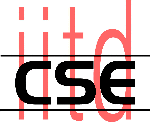
|

|
| Sphere | Cylinder |

|
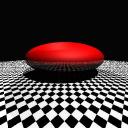
|
| Cone | Ellipsoid |

|

|
| Quadric - Infinite hyperboloid of one sheet | Triangle |
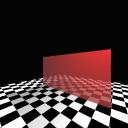
|

|
| Paralellogram | Infinite Plane |
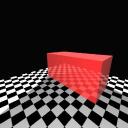
|

|
| Paralellopiped | Torus |
A sphere can be specified using the following parameters -
- Sphere center
- Sphere radius
A cylinder can be specified using the following parameters -
- Cylinder base center
- Cylinder radius
- Cylinder height
- Cylinder axis direction
A cone can be specified using the following parameters -
- Cone base center
- Cone radius
- Cone height (from base to apex)
- Cone length (for a frustum)
- Cone axis direction
An ellipsoid can be specified using the following parameters -
- Ellipsoid center
- Radius l
- Radius m
- Radius n
- Major axis direction (Radius l is along this direction)
A general quadric can be specified using the following parameters -
- The ten quadric coefficients - a,b,c,d,e,f,g,h,i,j
A triangle can be specified using the following parameters -
- Triangle vertex A
- Triangle vertex B
- Triangle vertex C
- Triangle_has_vertex_normals flag
- Triangle normals corresponding to A,B & C
- Triangle_has_texture flag
- Triangle texture coordinates corresponding to A,B & C
A paralellogram can be specified using the following parameters -
- Paralellogram vertex A
- Paralellogram vertex B
- Paralellogram vertex C
- Paralellogram vertex D
A plane can be specified using the following parameters -
- Plane normal
- Distance of plane from origin
A paralellopiped can be specified using the following parameters -
- Paralellopiped vertex A
- Paralellopiped vertex B
- Paralellopiped vertex C
- Paralellopiped vertex D
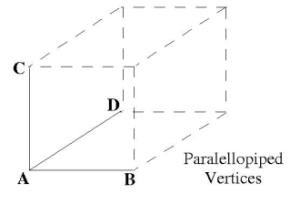
|

|
| Figure 4 | Figure 5 |
A Torus can be specified using the following parameters -
- Torus Center
- Torus major radius
- Torus minor radius
- Torus axis direction
Every primitive can be translated and rotated. Rotations can be done in any order and are applied before the translations. These follow a primitive
definition. These are specified using the following parameters -
- has_transform flag
- Number of rotations
- Rotation axis (0:X,1:Y,2:Z) Rotation angle (in degrees)
.... - Translation X Y Z
} //Primitive definition ends
1
1
1 90
0 0 20
} //Object definition ends
accordingly.

|
| Figure 6 |
 AT cse.iitd.ac.in
AT cse.iitd.ac.in
